As BikeRadar’s leading data anorak, I’m often asked, “Which power meter should I buy?”.
This is a fantastic question, because the answer enables me to indulge in one of my favourite hobbies – namely, overwhelming unsuspecting people with reams of technical information.
In this case, there’s no simple answer because every type of power meter – whether it be a spider, crankset, pedal, hub, bottom bracket spindle, or so on – is inherently tied to a specific part of your bike.
As a result, it adopts the limitations and characteristics of that part.
Just as there’s really no ‘one bike to rule them all’, there’s no one power meter that’s compatible with every bike, every drivetrain and every type of riding.
Given this, when it comes to power meters, we need to choose our compromises, and probably always will.
Pick your poison

The first cycling power meter was patented by Ulrich Schoberer of SRM way back in 1987.
Though he made prototypes based around pedals, cranks and bottom bracket spindles, Schoberer settled on making spider-based power meters.
These sandwich between the crankset and chainrings, and measure torque between the two. Power can then be calculated by combining this torque information with cadence data (force x cadence = power, which we measure in watts).
Already, though, Schoberer was battling with the same problem that faces us today.
There are many locations on your bike where it’s possible to measure power output, but each location has its advantages and disadvantages.
Spider-based power meters
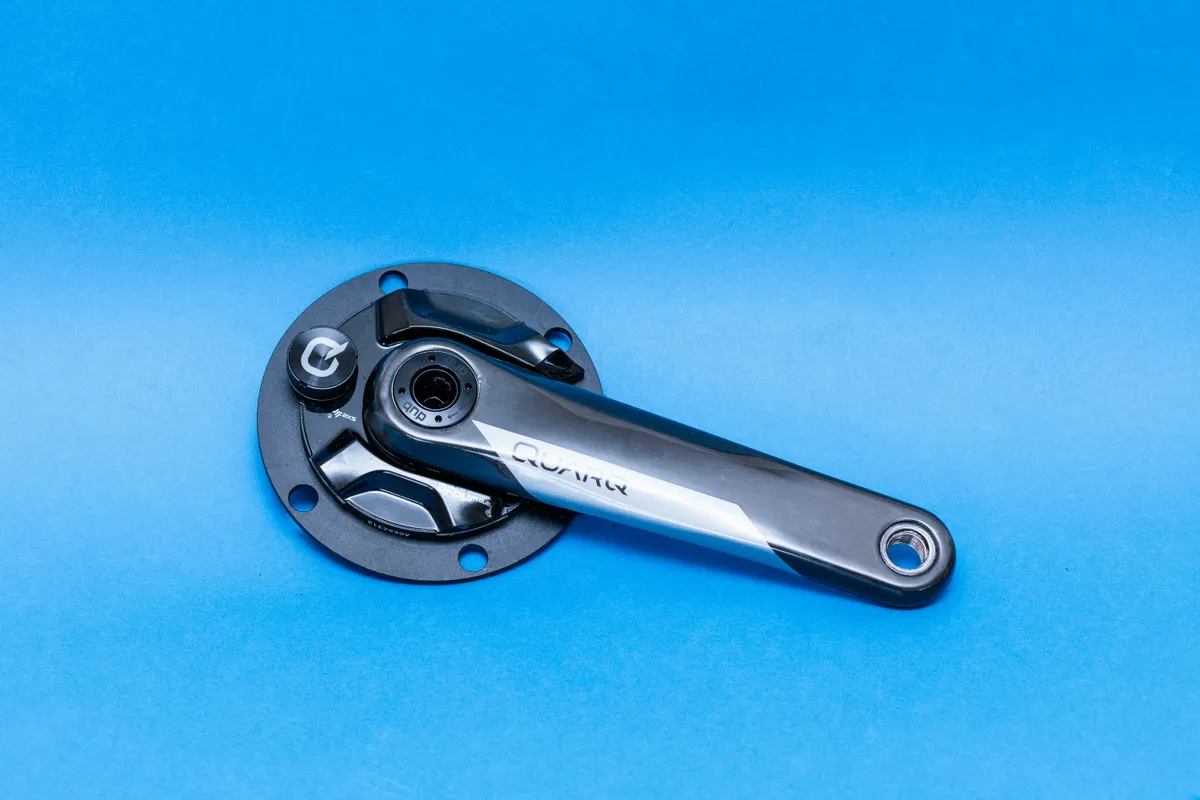
The original SRM power meter was designed for a fairly narrow market segment – namely, elite cyclists.
As a result, a spider-based power meter made a lot of sense.
For a start, there’s plenty of space in between the crank arms and large chainrings pro cyclists use to place strain gauges, electronics, batteries, wireless transmitters and the like.
This area is also relatively well protected from damage during crashes, travel and heavy use.
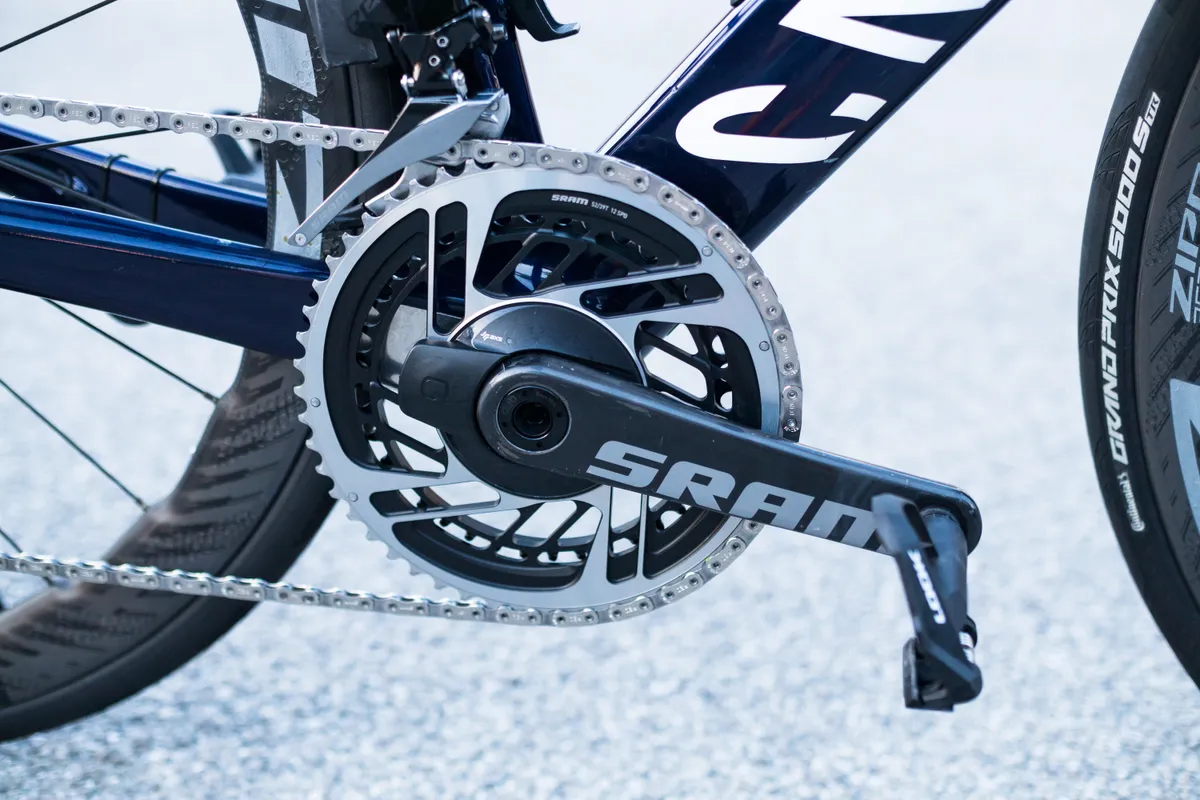
Spider-based power meters have their limitations, though.
For a start, they typically tie you to a specific crankset and bottom bracket standard.
There are usually work-arounds to enable compatibility, but if the crank and axle standards are ones you’re not fond of, then it could be a sticking point.
Likewise, if you want to use the power meter on multiple bikes, that will also mean having a compatible bottom bracket on each.
Spider-based power meters also tie you to a specific chainring Bolt Circle Diameter (BCD).

I have two power meters at home – a first-generation Verve InfoCrank Classic and the SRM Shimano Dura-Ace 7800, which lived on my 2009 Giant TCR Advanced SL. Neither sees much use now, partly because they use an outdated, 130mm BCD.
The smallest chainring available for this BCD is 38t, and frankly, I’m too unfit to enjoy using anything larger than a 36t inner chainring on my road bike these days, especially for serious climbs.
Likewise, if you’d like to use a power meter across multiple bikes then being stuck with one BCD can prove tricky.
Even a 110mm BCD – which Shimano now uses for its road cranksets – might be limiting for use on a gravel bike, because the smallest chainring usable with this BCD is a 33t.
And while it’s still possible to get Shimano-compatible chainrings for a 130mm BCD spider with 5 bolt holes, there aren’t many (if any?) available options that are compatible with the latest SRAM AXS drivetrains, for example.
These limitations can make upgrading your bike a frustrating process because you might have to rule out some new parts to keep an existing power meter running, or factor in more money for a new one.

Rotor, with its INspider power meter, deserves praise for being one of the few brands to have a go at solving these compatibility issues by having a wide-ranging chainring, crankset and axle ecosystem.
Finally, because spider-based power meters don’t measure the efforts of each leg independently, they can only estimate left/right power balance.
Whether this data can be used to improve performance is debatable, but if it’s something you want, a spider-based power meter won’t cut it.
Crank-based power meters
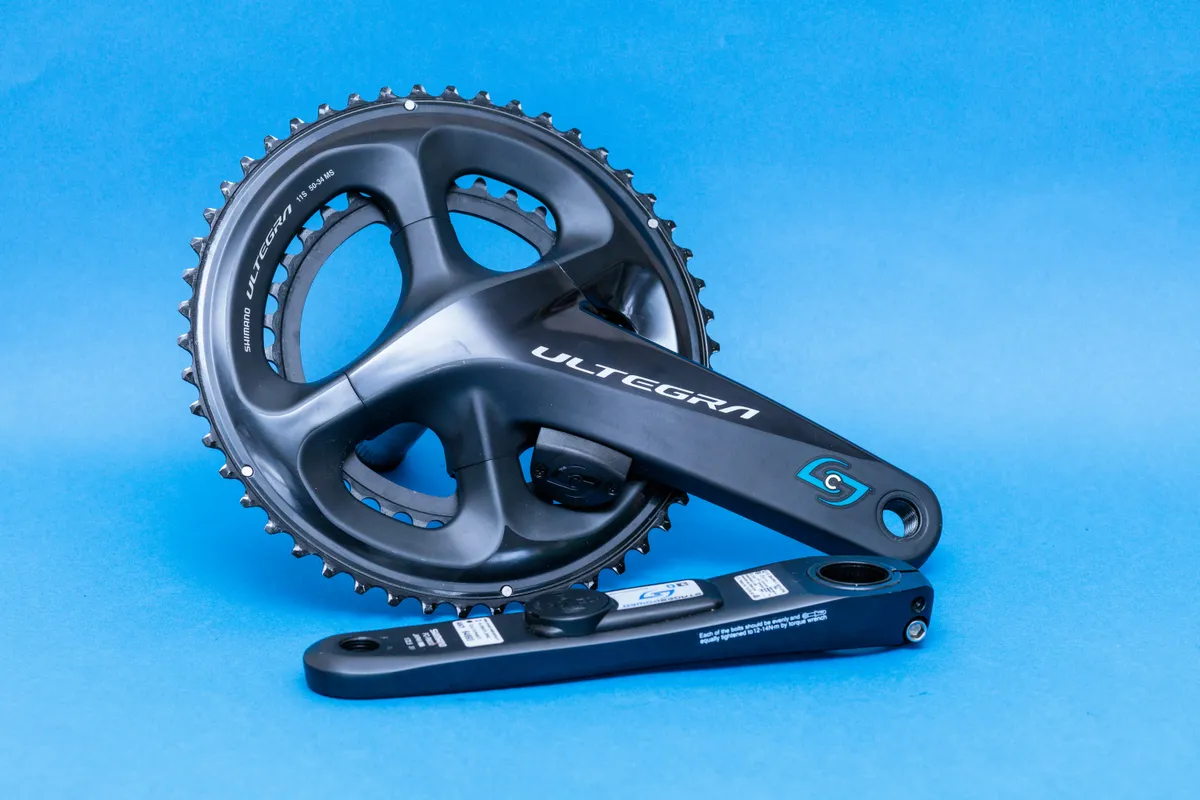
Cranks are another typical location for power meters.
As with spiders, there’s plenty of room for everything to be housed, and locating electronics on the inside face of each crank arm also means everything is well protected from crash damage.
Because you have two individual power meters (assuming you have a dual-sided power meter crankset), measuring the power produced by each leg independently, it’s also possible to get highly accurate left/right balance data.
It’s usually a pretty lightweight solution, too.
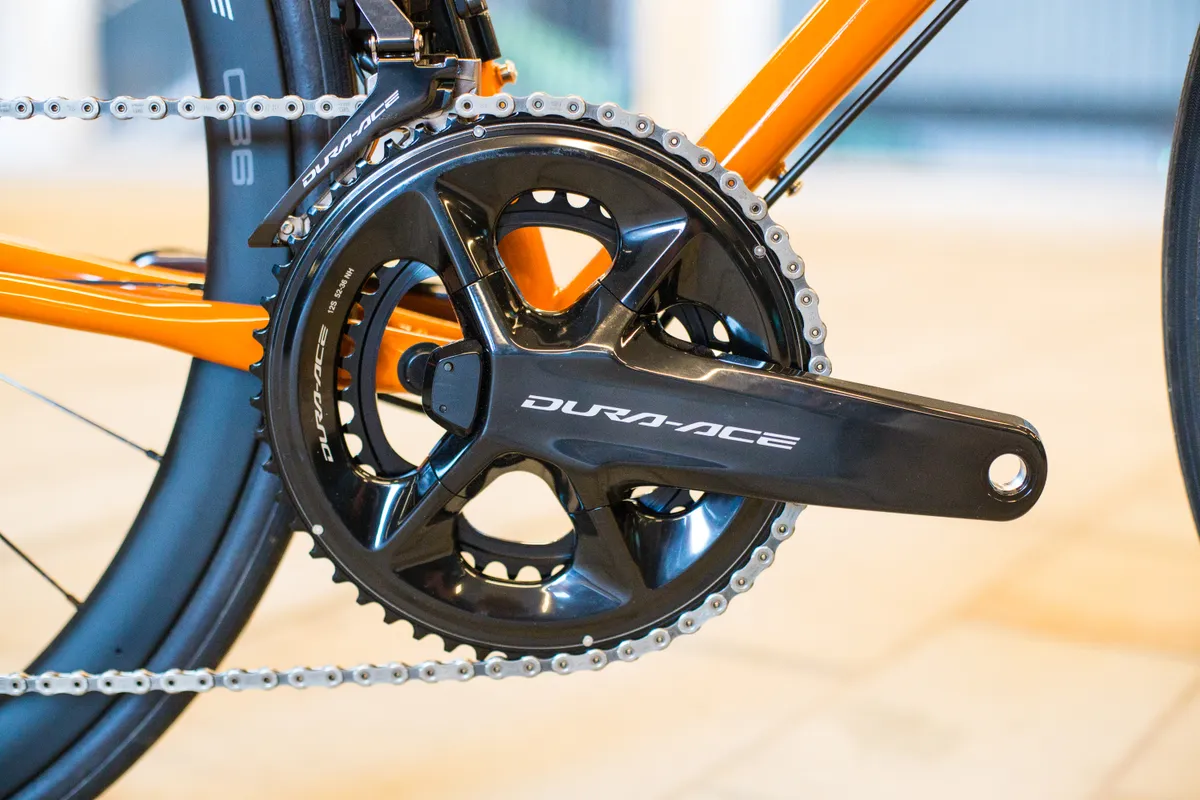
Stages, for example, claims the weight difference between a standard Shimano crankset and a dual-sided power meter version (such as the Stages Power LR Shimano Ultegra R8000) is just 35g.
Likewise, Shimano says its FC-R9200-P dual-sided power meter is only 58g heavier than a standard Dura-Ace R9200 crankset.
On the other hand, crank-based power meters also tie you to a specific crankset type, bottom bracket standard and, as with spider-based options, usually a certain chainring BCD as well.
As a result, they come with most of the same compatibility issues as spider-based options mentioned above.
A road crankset might be sub-optimal but still compatible with a gravel bike, for example, but it’s unlikely to work for double duty between road and cross-country mountain bikes.
Pedal-based power meters
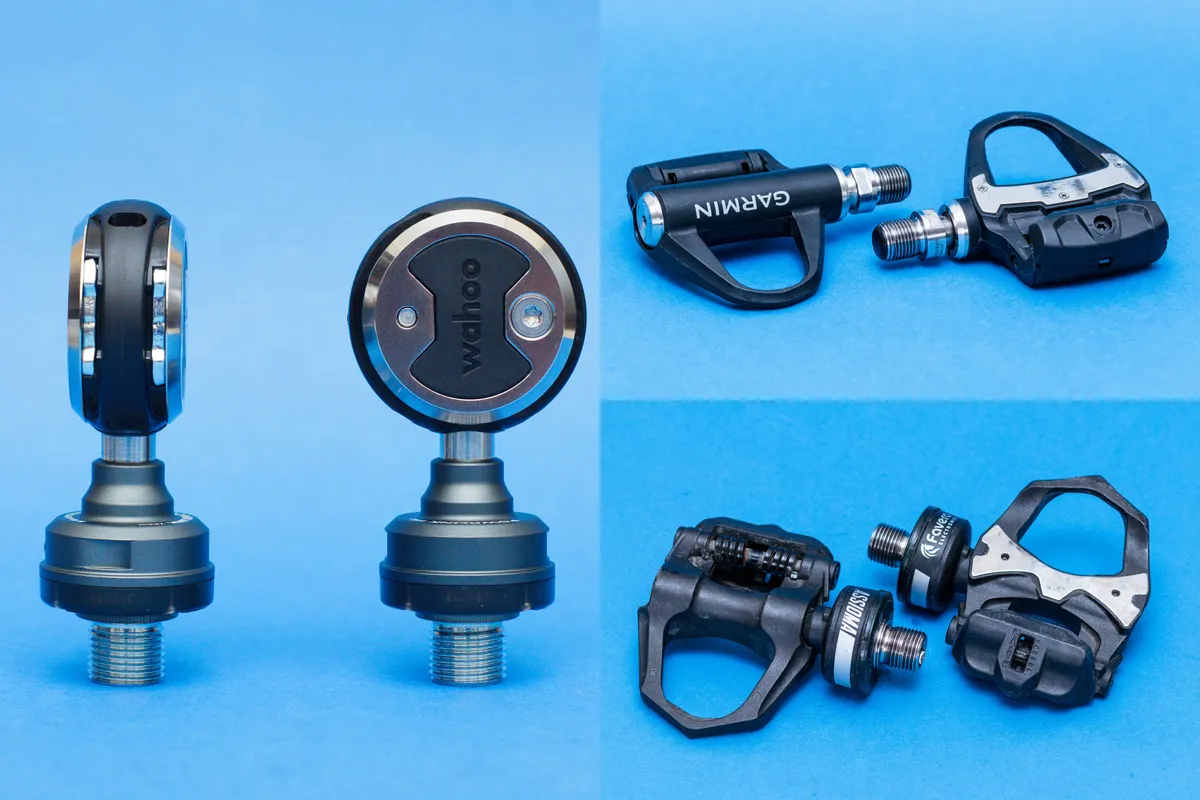
On paper, pedal-based power meters can appear something of a panacea – given that almost every modern crankset uses the same pedal thread standard (9/16in x 20 TPI), pedals are near-universal in terms of bike compatibility.
This means no fussing with bottom brackets and crankets or being limited by BCDs, as well as peace of mind that the design is future-proof (assuming the bike industry doesn’t suddenly decide to ‘innovate’ in the pedal threads space).
Installing pedal-based power meters is typically as easy as changing any standard pedal, too (which is to say, it’s generally very easy).
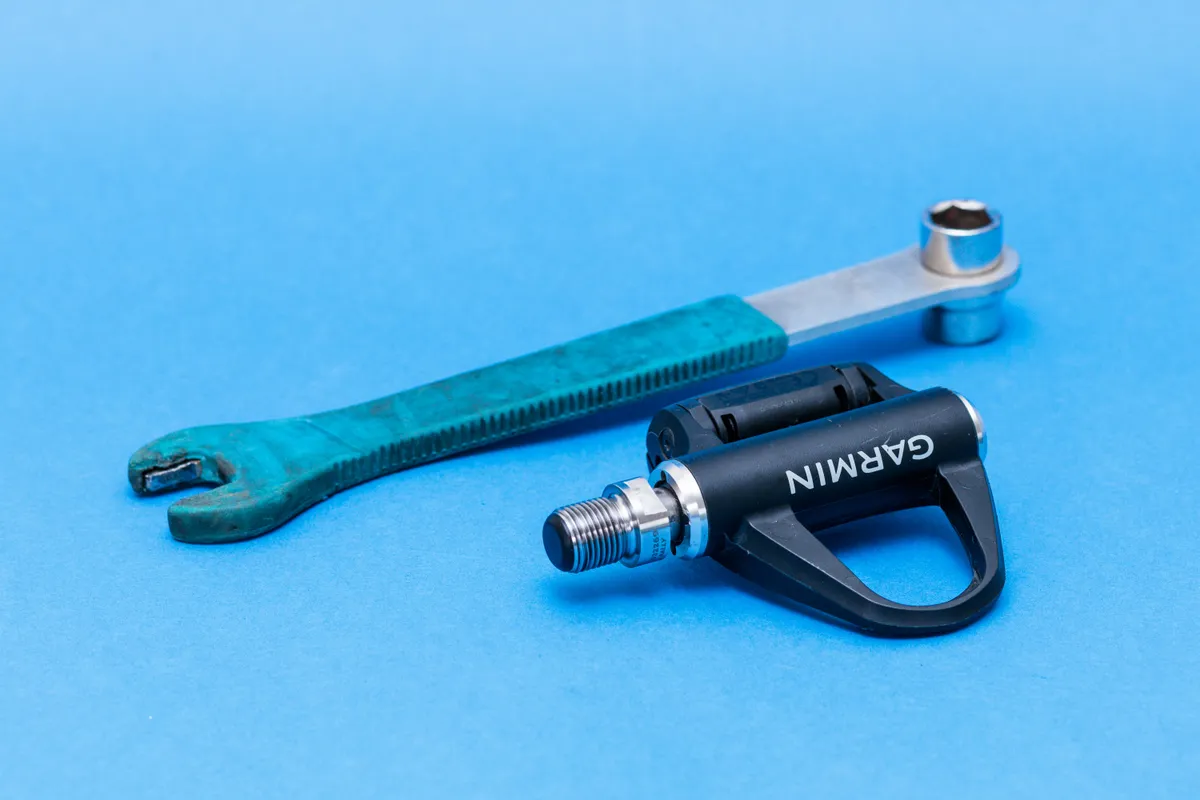
So far, so good.
On the flipside, though, pedals don’t offer much space to house large batteries, electronics and the like.
As such, manufacturers essentially have two choices – place bulbous pods on the pedal spindles to help house everything, or shrink it all down to the point that it can all be squeezed within the axles.
Favero and Wahoo do the former, while Garmin does the latter.
Given the latter is likely difficult (and therefore also costly), it’s little surprise that Garmin’s Rally power meter pedals (£869.99) are relatively expensive compared to, for example, Favero’s Assioma Duo system (£699.99).

And while pedals can mount to almost any bike, it doesn’t follow that one type of pedal is suitable for every type of riding.
A power meter based around a road-specific pedal body, such as the Look Keo, Shimano SPD-SL or Wahoo Speedplay, for example, is likely to be of little use on any bike that sees off-road use.
This is because the cycling shoes and cleats designed for these pedal systems typically aren’t designed for walking on.
As things stand, those and Shimano SPD (off-road) are also the only cleat and pedal systems catered for by power meter brands. If you like Time pedals, for example, then you’re out of luck.

With all the electronics housed within the spindle, Garmin’s Rally system includes an off-road specific, Shimano SPD-style power meter pedal, and the pedal bodies are even interchangeable.
This enables owners to switch between three pedal body and cleat systems (Look Keo, Shimano SPD-SL and Shimano SPD) as desired.
There’s no such thing as a free lunch, though. Acquiring the extra pedal bodies isn’t cheap (prices range from £219.99 to £259.99), and swapping them over is a fiddly process.
It’s certainly doable for a home mechanic, but it’s not something I’d be keen to do on a regular basis.
In contrast to spider- and crank-based options, pedal-based power meters are exposed much more to damage from pedal strikes or crashes.
As someone who uses power meter pedals but no longer races anything except individual time trials, this hasn’t proved an issue.
But for anyone who rides off-road or races mass-start events, where crashes are typically more frequent, a pedal-based power meter might not stand up to such rigorous demands.
Hub-based power meters
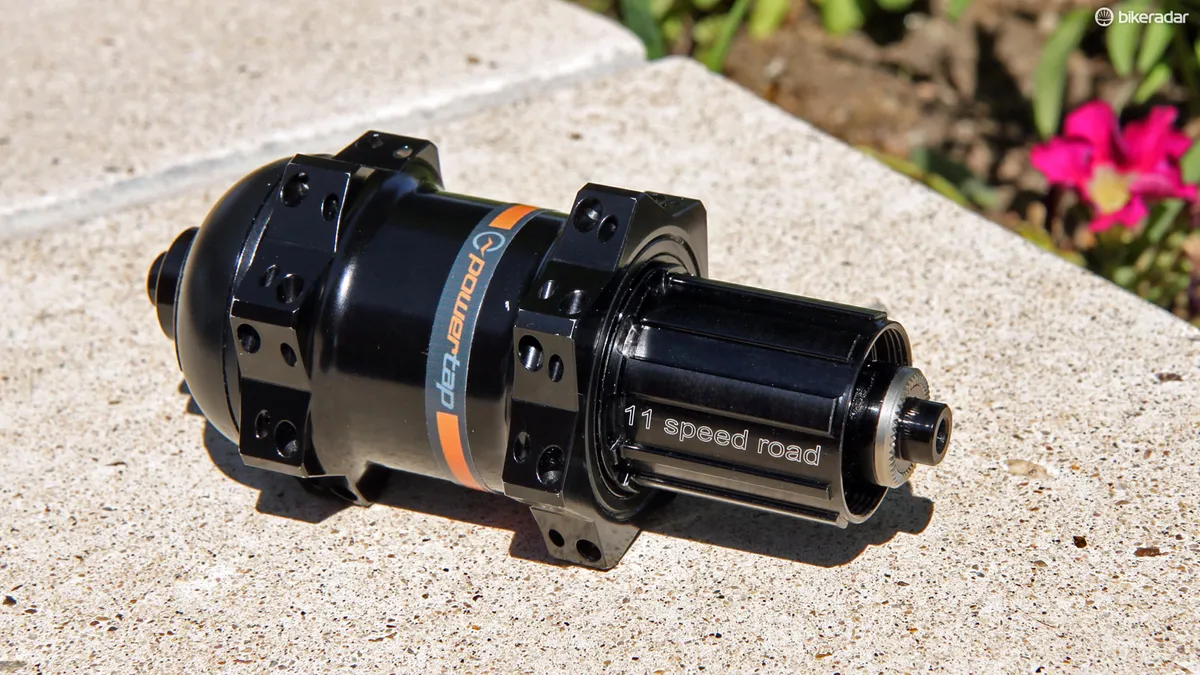
It’s not so long ago that hub-based power meters, such as the PowerTap G3, were a fairly popular option.
The primary advantage PowerTaps offered was that they were comparatively cheap.
Back in 2011, for example, a SRAM S975 Quarq power meter crankset cost a penny under £1,750. Adjusted for inflation, that’s around £2,700 in today’s money.
Around the same time, you could get a PowerTap Pro for a comparatively reasonable $899 (around $1,200, or £950).
This, plus a well-earned reputation for accuracy and reliability, made them a popular alternative to more expensive options such as SRM and Quarq.
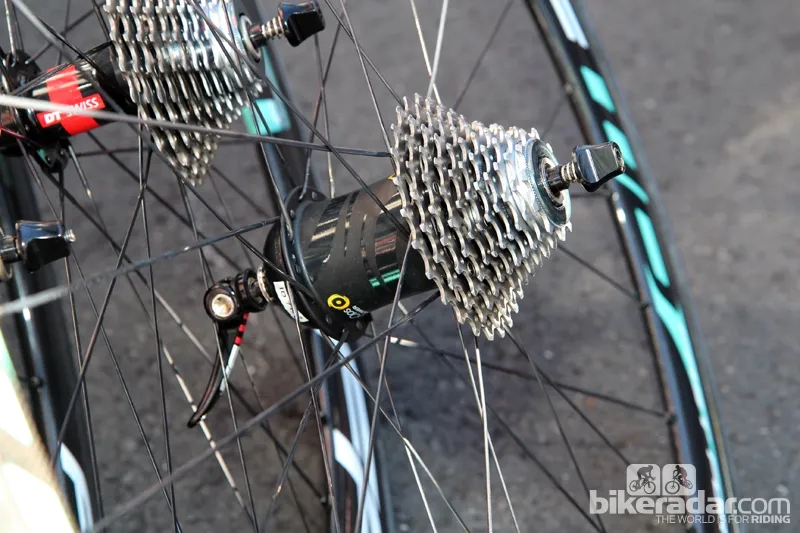
As the number of available power meter rose and prices inevitably fell, though, PowerTap hubs dwindled in popularity due to the inherent limitation of constraining you to a specific wheel.
Not only are there compatibility considerations (a wheel designed for a rim-brake equipped bike wouldn’t be compatible with a disc brake bike, for example), but trying to use one wheel across multiple disciplines and bikes can be difficult.
In the end, PowerTap was acquired by SRAM in 2019, but its range of power meters – which included the G3 hub and the P2 pedals – has since been discontinued.
Perhaps we’ll see SRAM port PowerTap’s technology into a Time-based power meter pedal at some point (SRAM acquired Time’s road and mountain bike pedal tech in 2021).
Perfect is the enemy of good
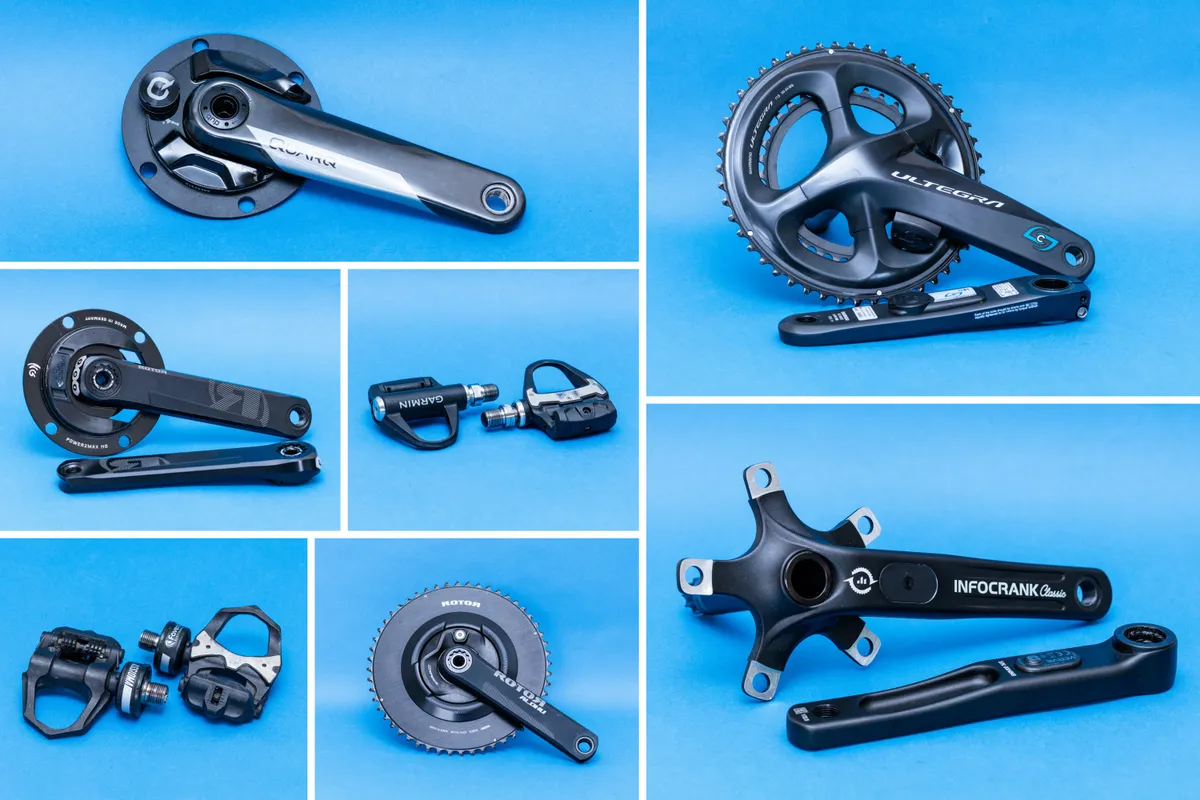
To summarise, there is no one ‘best power meter’, only ‘the power meter with the fewest compromises for your bike and riding style’.
For those who only want to measure power on road-going bikes, there’s lots of choice and few major compromises these days.
We’ve come a long way since your only option was an SRM that cost almost as much as your bike itself.
Unfortunately, though, things can get complicated if you want to measure power across different types of bikes and riding styles.
At this point, you’ll need to decide which compromises you can live with, and which you can’t.

Having tried every type except hub-based power meters, if I had to choose just one, it would be difficult to overlook the convenience and future-proof design of power meter pedals.
Given I ride mostly on the road, being tied to road-specific pedals and cleats is a compromise I can live with.
On the rare occasion I ride off-road, I can bite the bullet and do as my esteemed colleague, Tom Marvin, would advocate and ditch the power meter.
My only question to Tom, though, is when you do that, how do you measure how much fun you’re having?

